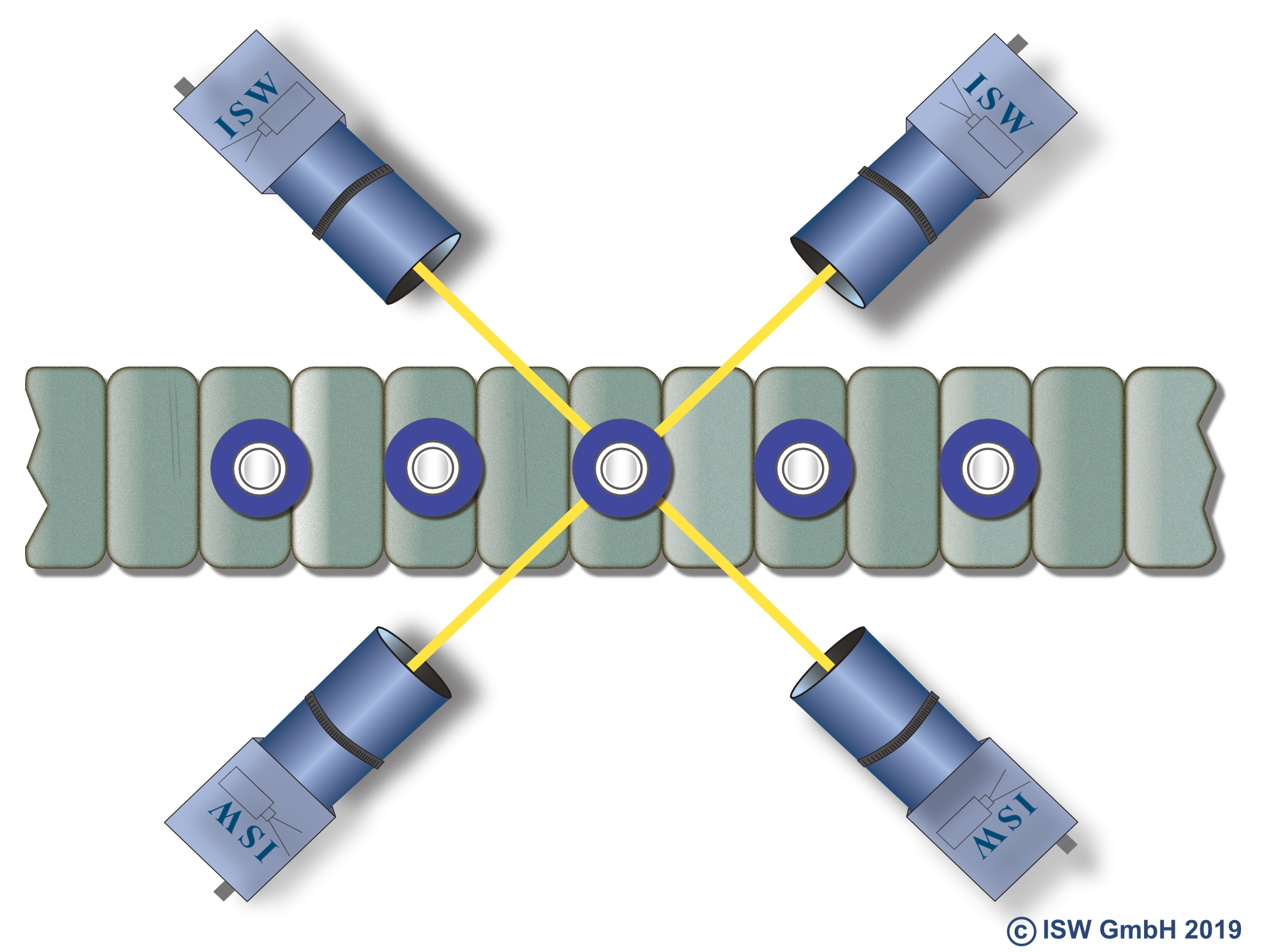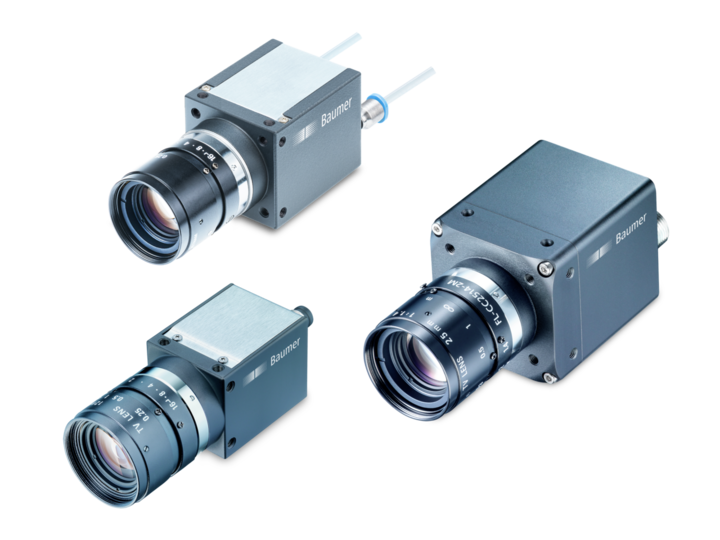Polska
pl
polski
2020-06-01
A seamless overview: Easy visualisation of rotationally symmetrical objects
In the pharmaceutical, food, and beverage industries, products must be precisely controlled to fully comply with the high standards. Industrielle Sensorsysteme Wichmann GmbH (ISW) developed a new solution for the testing of rotationally symmetrical objects. On board: four industrial cameras of the CX series from Baumer whose simultaneously captured images comprehensively depict a product.
Rotationally symmetrical objects – this admittedly slightly unwieldy term denotes many everyday products. For example spray cans, pharmaceutical vials, or cans – in other words, objects that can be comprehensively depicted by rotating them around their own axis. Such cylinder-shaped objects are often found in the pharmaceutical sector as well as the food and beverage packaging industry. These are sensitive industries, where it is essential to precisely monitor quality and safety-relevant issues, that sometimes have to meet a legal requirement in order to reliably detect potentially damaged screw connections, deformed packaging, missing spray nozzles or labels, or even incorrect contents.
New solution to an old problem


Extensive test range

The centerpiece: Image processing

Future-ready system
“We introduced our system to the market in 2019. So far, our customers from the pharmaceutical sector as well as the packaging industry for food, such as sweets, are all fully satisfied,” says Tukac. However, the system has much more potential for more extensive applications. This is because 4ninety can be used to test not only cylindrical objects but also many other geometric shapes such as hexagonal packaging. “A simple software adjustment is sufficient here to allow us to compensate for potential presentation errors based on the object geometry,” explains Tukac.Press download
-
A seamless overview: Easy visualisation of rotationally symmetrical objects

